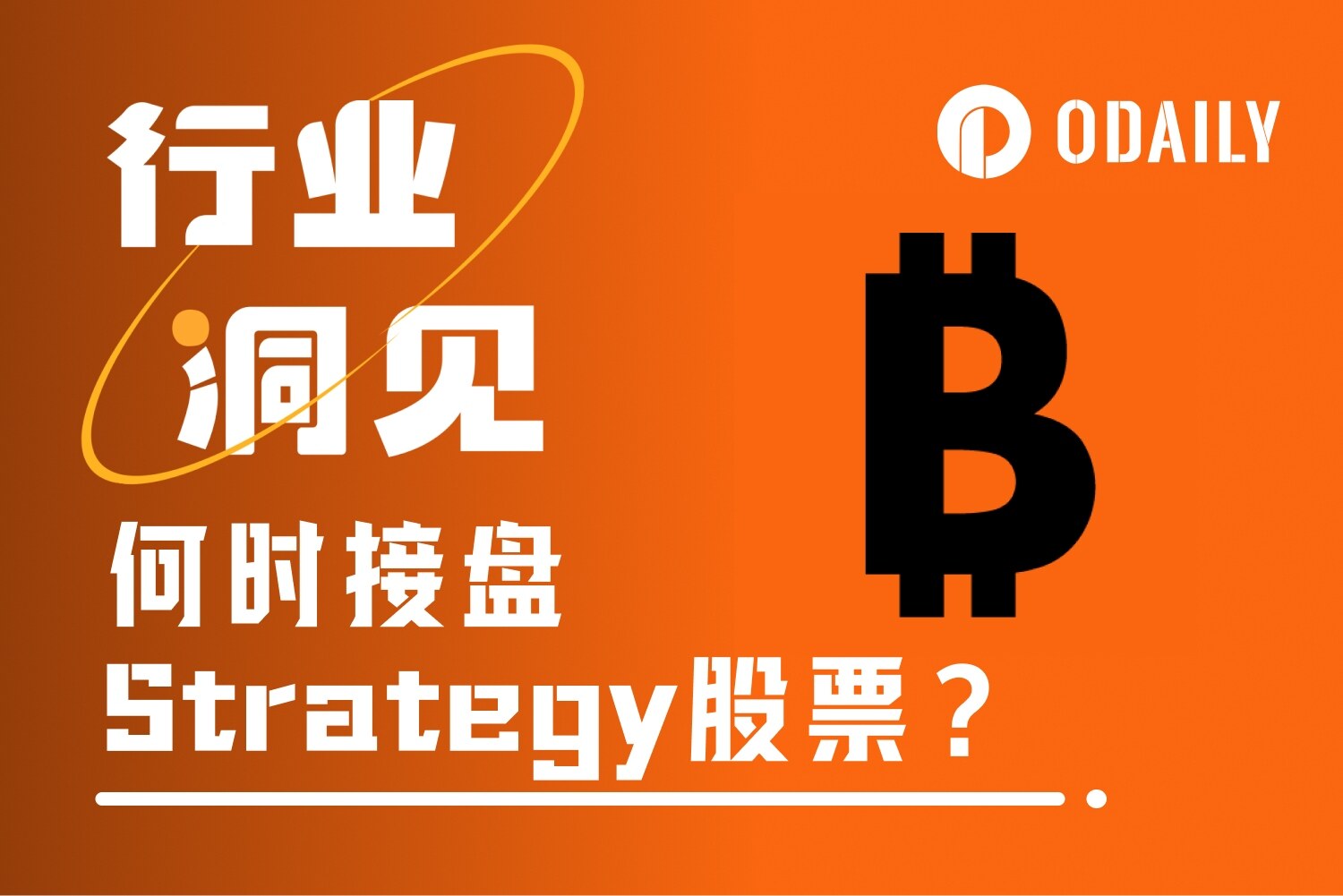Author: Robbie Petersen
Compiled by: TechFlow
Prediction #1: The front-end will dominate value capture
As the MEV supply chain matures, participants who control exclusive order flows will capture more value.
The reason is simple. Downstream participants in the order flow, such as DEXs, searchers, builders, and validators, will face more intense competition. Meanwhile, the originators of the order flow (i.e., the front-end) have a natural monopoly advantage in the MEV supply chain.
This means that the only role that can increase its yield without significantly losing market share is the front-end, especially those that control "fee-insensitive" order flows (e.g., digital wallets).
Furthermore, emerging technologies like conditional liquidity (e.g., @DFlowProtocol) will further drive this trend.

Prediction #2: DePIN market cap will grow 5x by 2025
The market leaders of decentralized physical infrastructure networks (DePIN), such as @Helium and @Hivemapper, will approach a tipping point in their network effects. Meanwhile, @dawninternet will become the most breakthrough application in the DePIN field this year, thanks to its significant technological improvements and crypto-economic incentives.
Prediction #3: Crypto payment rails have limited application in agent transactions
Initially, transactions between humans and agents will still rely on traditional payment rails. Stripe and PayPal will dominate the early agent payment infrastructure through "funds-held-for-others" (FBO) account structures.
However, it is only when agents' autonomy reaches a certain level that the high-fee model of traditional payment rails will expose its limitations. Due to the rise of micro-transactions and usage-based pricing, traditional payment rails (around 3% fees) will be unsustainable.
But this will not happen by 2025, as most transactions will still be between humans and agents. (Refer to tweet)
Prediction #4: Stablecoins will cross the fintech chasm
The role of stablecoins will shift from being a "lubricant" in DeFi to a true medium of exchange.
This shift is driven by two main reasons for fintech companies to adopt stablecoins: (1) to boost profitability, and (2) to strategically control more of the payment value chain.
As the widespread adoption of stablecoins becomes a necessary choice for fintech companies to survive, the number of monthly active stablecoin addresses is expected to exceed 50 million.

Prediction #5: Visa launches a stablecoin initiative, proactively adjusting its profit structure
To address potential disruptive changes in the payment value chain, Visa is getting ahead of the curve with a stablecoin initiative. Although this may reduce the profitability of its card network, the risk is more manageable compared to being completely disrupted by the market. This logic also applies to other fintech companies and banks.
Prediction #6: "Yield-distributing" stablecoins will grow 10x in market share
"Yield-distributing" stablecoins (such as USDG @Paxos, "M" @m0foundation, and AUSD @withAUSD) change the economic model of stablecoins by redistributing the yields traditionally captured by stablecoin issuers to the applications that provide liquidity to the network.
While Tether is expected to maintain its market dominance in 2025, the "yield-distributing" stablecoin model is considered the future direction for the following reasons:
(1) Importance of distribution channels: Unlike previous attempts to directly attract end-users, "yield-distributing" stablecoins target applications with distribution channels. This model aligns the incentives of distributors and issuers for the first time.
(2) Power of network effects: By incentivizing multiple applications to integrate simultaneously, "yield-distributing" stablecoins can fully leverage the network effects of the entire distributor ecosystem.
In 2025, with the collaboration between distributors (especially fintech companies) and market makers, the market share of these stablecoins will increase significantly, as they can create more direct benefits for distributors.

Prediction #7: The boundaries between wallets and applications will become increasingly blurred
Wallets will gradually integrate application-like features, such as yield earning (e.g., @fusewallet), credit accounts (e.g., @GearboxProtocol), native trading functionality, and chatbot-like interfaces where users can express their needs and have AI agents and backend solvers execute the operations.
At the same time, applications will also try to maintain direct relationships with end-users by hiding the existence of wallets. For example, the mobile app launched by @JupiterExchange is an early case of this.
The main driver of the centralized wallet vision comes from exchanges like @coinbase, which view wallet products as the primary way to monetize on-chain users. (Refer to tweet)
Prediction #8: Chain abstraction is implemented at the wallet layer
Although the discussion on chain abstraction has mainly focused on the chain and application layers, the optimal solution is to directly meet user needs. New technologies like @OneBalance_io's resource locking, @NEARProtocol's chain signatures, and @Safe's SafeNet are driving a new paradigm of implementing chain abstraction at the wallet layer.
Prediction #9: Generic L2s will gradually lose relevance
The trend of blockchain activity concentration can be summarized by a single question:
As an application, why would I choose to run on your chain?
For a few chains with clear positioning, such as Solana and Base (generic), and vertically integrated chains like HypeEVM and Unichain, the answer is clear.
However, for the long tail of generic chains, the answer is not so clear. By 2025, blockchain activity will become increasingly concentrated on the few chains that can provide clear value to applications.
Prediction #10: The boundary between attention and value will gradually disappear
As the most direct manifestation of attention value theory, the value of AI intelligent agent tokens will continue to grow.








